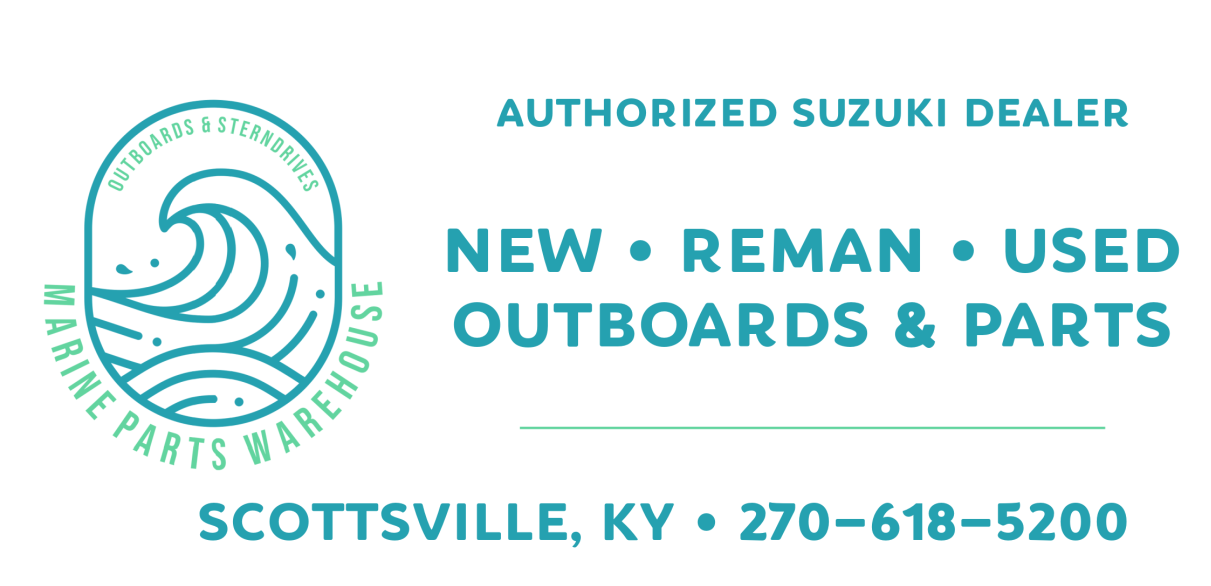Sacrificial Anodes: What They Do and Why They Matter?
Sacrificial Anodes: What They Do and Why They Matter?
If you own a boat, you need to know what anodes are and how they protect the outboard or sterndrive. Think of anodes as small shields that protect your boat's engine from deteriorating.

The metals on your boat’s motor corrode over time when immersed in water, and because the bulk of an outboard or sterndrive is made of metal, anodes are crucial to an engine's health. Here's a guide on what boat motor anodes are and what they do.
Why Outboards Corrode
Whenever two dissimilar metals are placed in an electrolyte like salt water, the metal less resistant to corrosion (base metal) starts to give off electrons to the metal more resistant to corrosion (noble metal). This process is known as galvanic corrosion.
If there’s an electrical current within the electrolyte — for example, a stray electrical current from the boat’s electrical system or a poorly connected shore power cable — the rate of corrosion increases. This process is known as electrolytic corrosion. Every time you set your boat in the water, the metals in the outboard or sterndrive experience galvanic corrosion and possibly electrolytic corrosion. In other words, your boat's motor is slowly being eaten up, and anodes are designed to prevent that from happening.
Click HERE to read on OUTBOARD CORROSION PREVENTION
Anodes on a Boat Motor
To prevent outboard corrosion, it’s necessary to introduce a base metal that is even less resistant to corrosion than the metals that make up the motor itself. To accomplish this, blocks of base metal (anodes) are attached to the outboard or sterndrive.

Anodes are typically made of zinc, which is an extremely effective base metal far less resistant to galvanic and electrolytic corrosion than most other metals. The anodes act as sacrificial metal because they give off their electrons and corrode before the other metals in the motor can be affected. And because corrosion attacks the least resistant metal on a boat’s motor, the anodes or zincs are the first line of defense.
Anodes are consumed first to prevent other parts of the outboard from getting eaten up by corrosion, which is why they’re often referred to as “sacrificial anodes”. They give off their electrons to be depleted before any other metals are targeted. Eventually, there will be so little left of an anode that it ceases to be effective, which is why these metals need to be replaced periodically.
Replacing Outboard and Sterndrive Anodes
Outboard anodes are typically found mounted low on the transom bracket or under the motor’s ventilation plate, where they also act as trim tabs that compensate for prop-walk, and keep the boat pointing straight.
Anodes are also mounted into the powerhead on larger outboards and sterndrives. These anodes protect the powerhead, which requires raw water to be pumped through its cooling system. Without these internal anodes, the motor would corrode from within. It’s recommended you regularly inspect all anodes and replace them once they’re worn down in half, or at least once a year.

NOTE: Inboard/outboard motors with heat exchangers use “pencil” type anodes, which should also be removed and inspected at least once a year and replaced if necessary.
If you regularly dock or anchor near other boats, check the anodes more often, because if a nearby boat’s electrical system isn’t quite right, that neighboring boat may send electrical currents into the water that can eat your boat’s anodes even faster. Remember, as soon as the anodes are gone, your motor's other metal components are next, so you need to inspect and replace anodes when they're at about 50 percent.
How to Find OEM Anodes Trim Tab Anodes
- For Yamaha outboards, trim tab anodes are typically found in the Lower Casing Drive 2 parts diagram.
- For Mercury outboards, trim tab anodes can typically be found in the Gear Housing (Driveshaft) parts diagram.
- For Honda outboards, trim tab anodes can typically be found in the Extension Case parts diagram (look for Tab Kit). Transom and Gearcase Anodes
- For Yamaha outboards, transom and gearcase anodes are typically found in the Bracket 1 parts diagram.
- For Mercury outboards, transom and gearcase anodes can typically be found in the Gear Housing, Transom Bracket or Power Trim parts diagrams.
- For Evinrude outboards, transom and gearcase anodes can typically be found in the Gearcase or Exhaust Housing parts diagram (look for Tab Kit).
- For Internal Anodes For Yamaha outboards, internal anodes are typically found in the Cylinder Crankcase parts diagram. For Honda outboards, internal anodes can typically be found in the Carburetor and Cylinder Block parts diagrams.
- For Evinrude outboards, internal anodes can typically be found in the Cylinder Crankcase parts diagram.
Posted by BA Baracus


